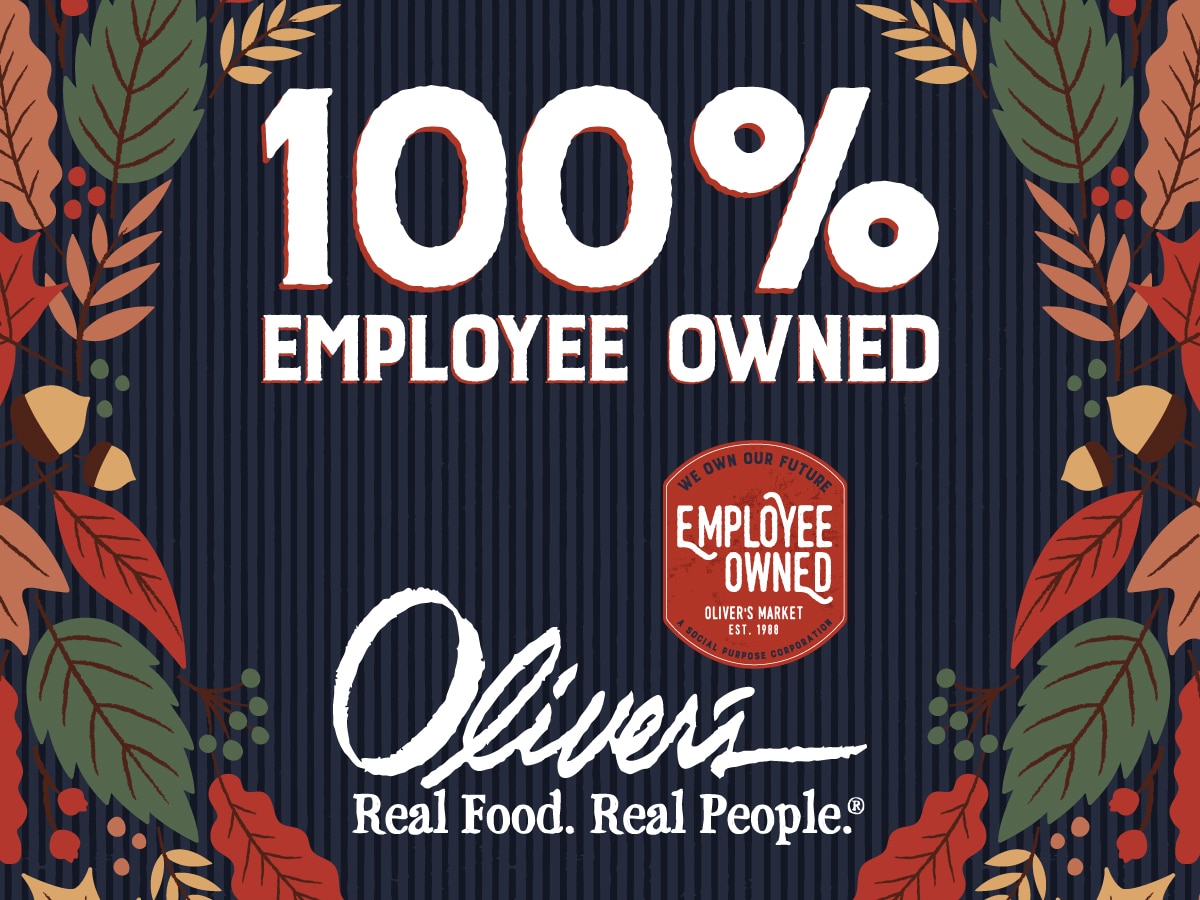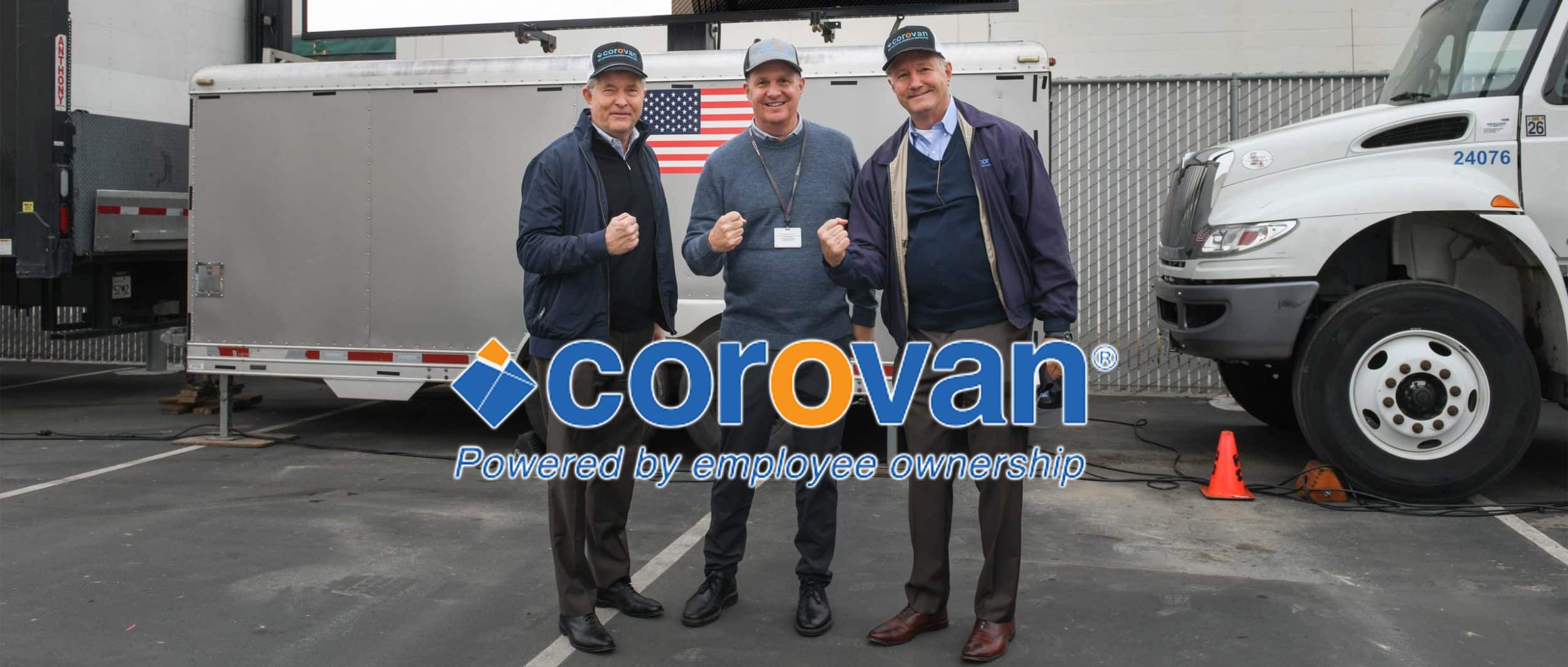Growing numbers of U.S. companies are giving workers financial stakes via employee stock ownership plans
Aritcle by Judy Stringer. Reposted from the original article at Crain’s Cleveland Business
There are a few lingering questions when it comes to Great Lakes Brewing Co.’s newly announced employee stock ownership plan, or ESOP. How many shares employees will receive, for example, how much each one of those shares will be worth and if the stock will be subject to a vesting period. Or, even what percent of the company will be owned by the ESOP.
“If you look at privately held businesses and who owns them, it’s a lot of 50 year olds and 60 year olds,” DeDominicis said. “They own these valuable businesses and they need a market for them somewhere. … But, the reality is many, maybe even most, privately owned businesses are not salable, and certainly not salable at a reasonable price. The ESOP is a shareholder,” he said, “It creates liquidity often at the same if not a better price point.” – Phil DeDominicis, Managing Director of Investment for The Menke Group
Most of those answers are dependent on a company valuation planned for early 2019, said Great Lakes CEO Bill Boor. What is certain, according to Boor, is that by the end of the year, each and every one the 245 employees — regardless of hours worked, wages earned or years of seniority — will get a stake in the Ohio City brewery, which turns 30 this year.
“This is something the owners Pat and Dan Conway have been contemplating for literally 10 years,” he said. “Now was the right time with the convergence of the anniversary and a lot of thought over time about how they should really share ownership with the employees who they have always cared so much about.”

With the May announcement, Great Lakes became part of a gradual, but steady, rise in the number of U.S. companies that provide their workforce with an ownership interest through an ESOP, often at no upfront cost to the employees. Between 2010 and 2015, the most recent year for which data is available, an average of 229 new ESOPs were created each year, according to the National Center for Employee Ownership (NCEO). As of 2015, there were 6,669 ESOPs in the U.S., holding total assets of nearly $1.3 trillion.
Some 32% of those companies are located in the Midwest. Ohio, in particular, has been an ESOP hotbed with 290 Buckeye State-based organizations offering these types of benefit plans. Only seven states, including larger population hubs like California, Texas and New York, have more employee-owned companies.
And, when it comes to Ohio ESOPs, Northeast Ohio is one of the most active regions.
Along with newest entrant Great Lakes Brewing, retail chain Discount Drug Mart, grocer Buehler Fresh Foods, outdoor product distributor Outtech Inc. in Aurora and Fin Feather Fur, based in Ashland, kicked off ESOPs in 2017, said Roy Messing, director of the Ohio Employee Ownership Center (OEOC) at Kent State University. Ahead of those, Woodmere growth consulting firm MarshBerry formed its ESOP in 2016.
The North Coast is also home to Davey Tree, the largest Ohio-based company and the 13th largest company nationwide on the NCEO’s ESOP ranking. Davey has been employee owned for nearly 40 years.
Messing said that although OCEC doesn’t track regional ESOP growth because the center is “not always familiar with all the companies that become ESOPs,” local interest in employee ownership is on the rise.
“General inquiries into ESOPs received by the OEOC have increased by at least 25% over the past few years,” he said.Looking for liquidity
The aging of baby boomer business owners is one of the leading drivers of ESOP growth, according to Messing and Phillip DeDominicis, managing director of investment banking at California-based ESOP administrator Menke & Associates Inc., which creates roughly one in every five new ESOPs.
“If you look at privately held businesses and who owns them, it’s a lot of 50 year olds and 60 year olds,” DeDominicis said. “They own these valuable businesses and they need a market for them somewhere. … But, the reality is many, maybe even most, privately owned businesses are not salable, and certainly not salable at a reasonable price.”
“The ESOP is a shareholder,” he said. “It creates liquidity often at the same if not a better price point.”
The ESOP route has other advantages. In many cases, contributions of stock and cash to an ESOP are tax deductible, Messing said, generating additional cash flow that could be reinvested in the business. In addition, for most sellers in a C corporation, the sale of stock to an ESOP can be structured to defer capital gains taxes, while in most instances for S corporations, the percentage of ownership held by the ESOP is not be subject to income tax.
And owners who have helped finance employee buyouts, Messing explained, often can reap handsome interest income “which is going to be much higher than what they would have if they went to a bank and deposited the cash from a sale.”
Transferring ownership to employees also allows longtime owners to remain at the company and maintain some level involvement while gradually cashing in their interest. The sale of a company, DeDominicis said, may require an immediate owner exit.Pride of ownership
Local ESOP companies, however, say their biggest motivator was ability to reward and incentivize employees. Boor acknowledged that Great Lakes Brewery’s ESOP will provide the Conway brothers “a vehicle for liquidity some years down the road if they want to reduce their stake in the company.”
“But right now there is no near term intent on their part to use if for that reason,” Boor said. In fact, the Great Lakes founders did not sell shares to get its ESOP off the ground, they contributed them, he said. “The goal here was to give employees a sense of ownership.”
Similar to Great Lakes, Discount Drug Mart is still in the early stages of bringing its ESOP to life, which can take several years, said CFO Michael Eby. The ESOP currently owns about 7% of the company’s stock, but the goal, he said, is to increase that to 30% over the next five to 10 years. About 1,400 of the regional drug store’s 4,000 employees were expected to qualify for shares in the plan’s first year, which ended March 31, although final counts are not yet available.
Eby, too, agreed that the ESOP permits the family owners to transition ownership in a structured and controlled manner, but also stressed that is a secondary benefit, at best.
“It was always a goal of our founder to keep Discount Drug Mart a family business, and he saw employees as extended family,” Eby said.
Prior to creation of the ESOP, key employees were give stock options that they could purchase, according to Eby. But as the company “got much bigger in size, it was difficult to do that,” he said. “We believe the ESOP is a method to accomplish the goal that the founder really had all along and that was to permit employees to have some ownership.”
Sandra Reid, vice president of corporate communications and strategic planning at Davey Tree, also cited the important role employee ownership plays in attracting and retaining workers in tight labor markets, like the current one.
“We know that when we are talking with new recruits, particularly in our industry, that employee ownership is unique,” Reid said. “Whether you are a trimmer in the field, an office support person in a satellite office or a mechanic in one of our shops — anyone has the ability to participate in our employee ownership program, and that is something we are very proud of talking about because we know it sets us apart.”







